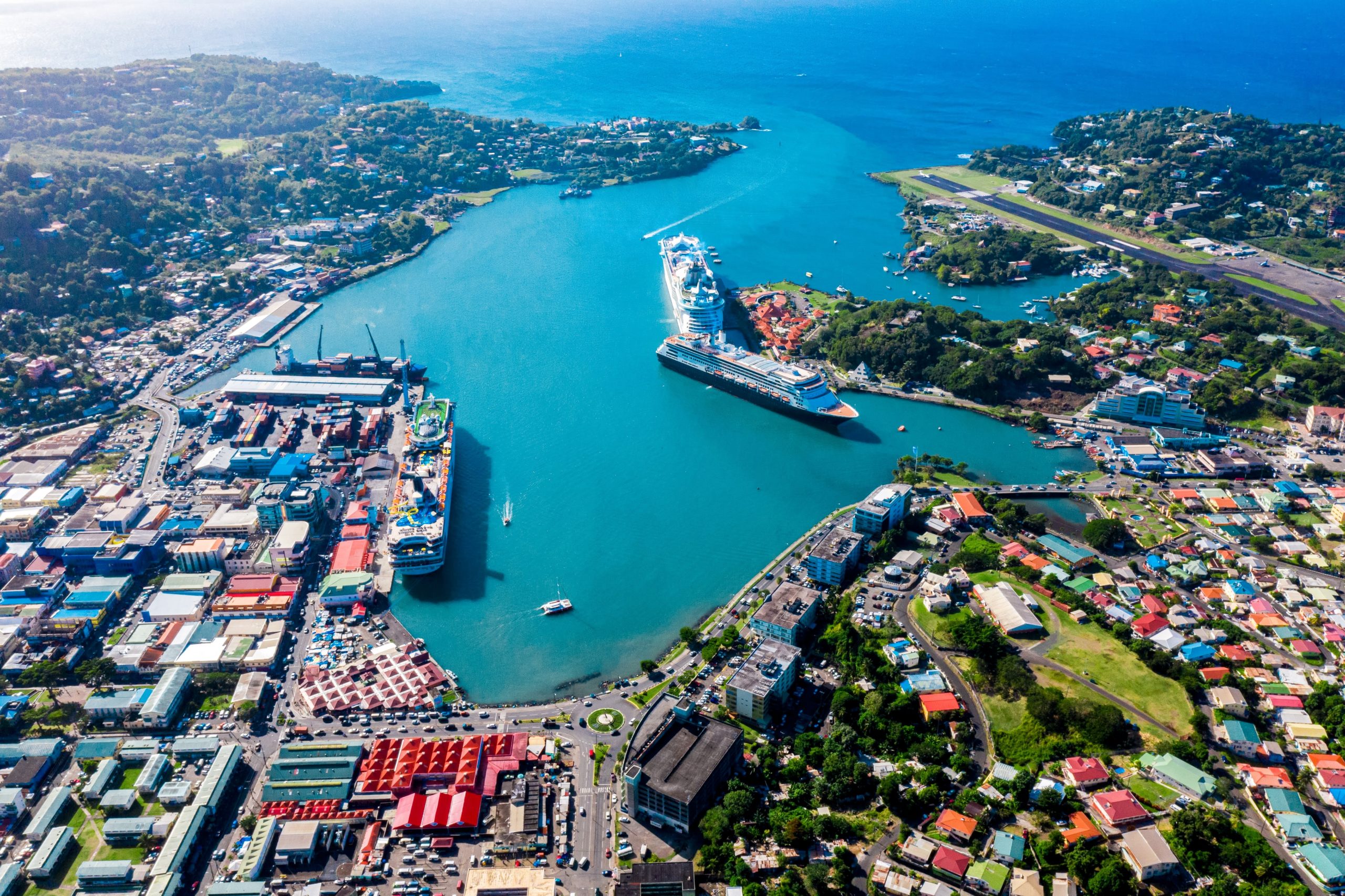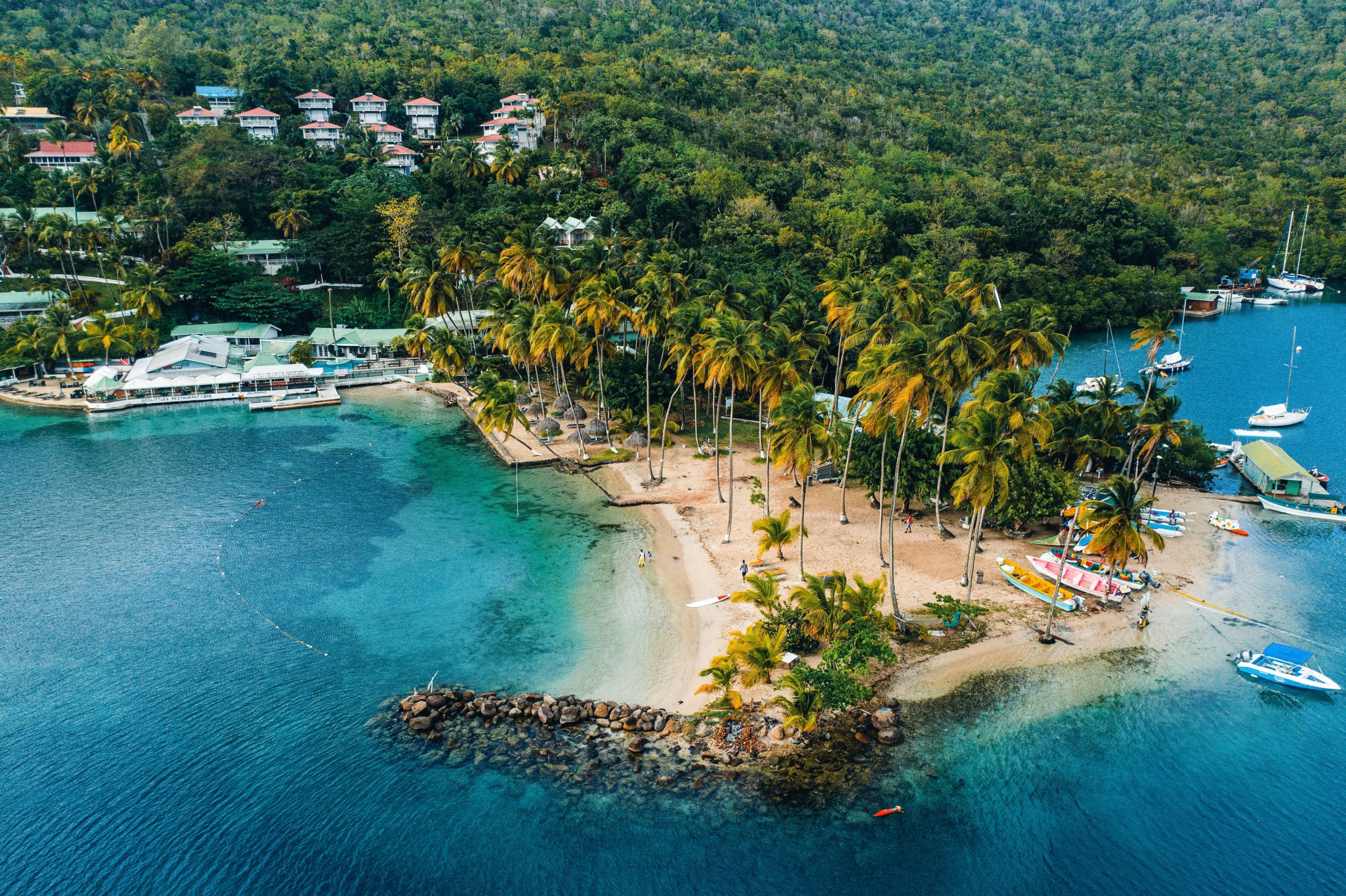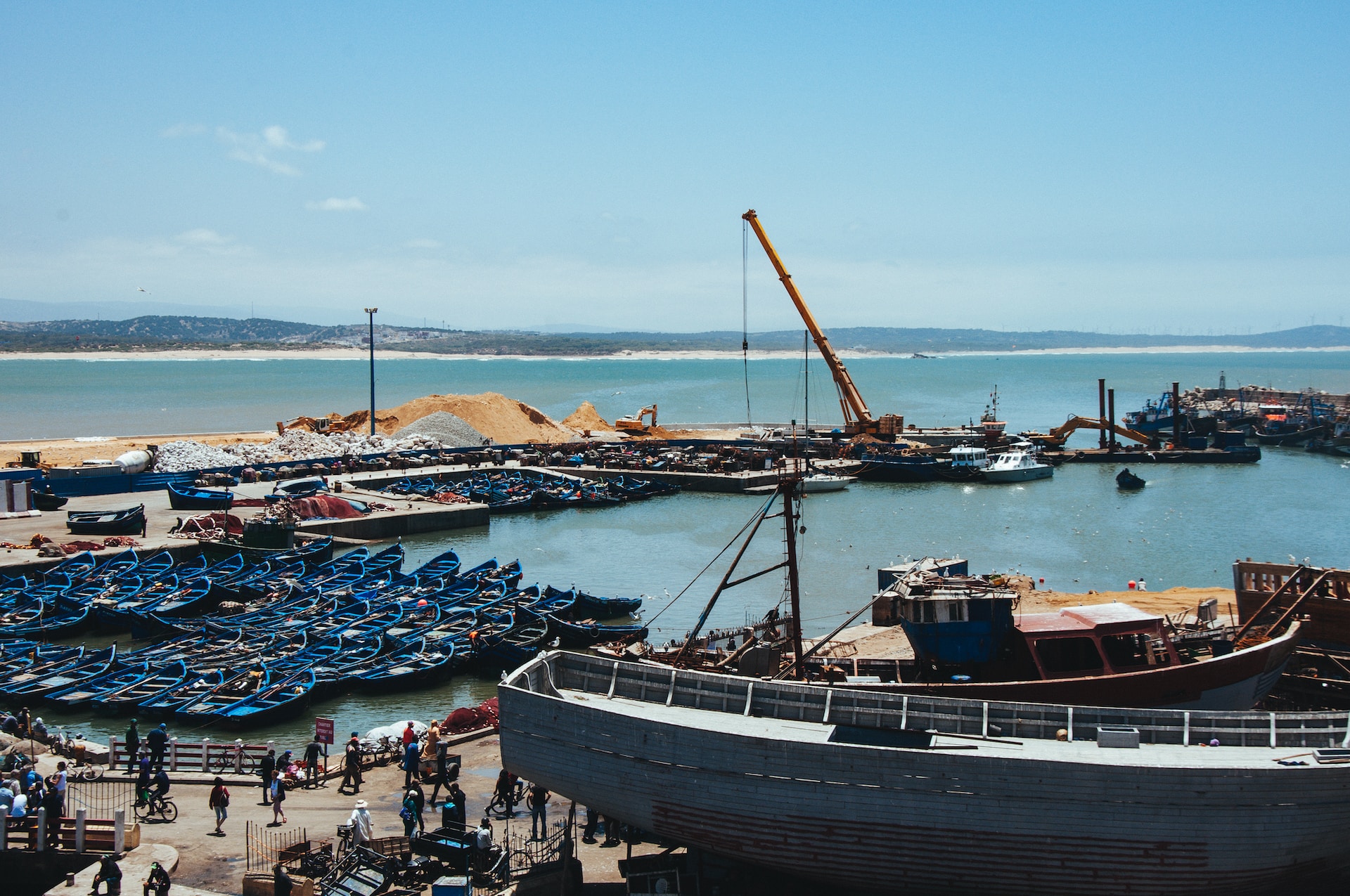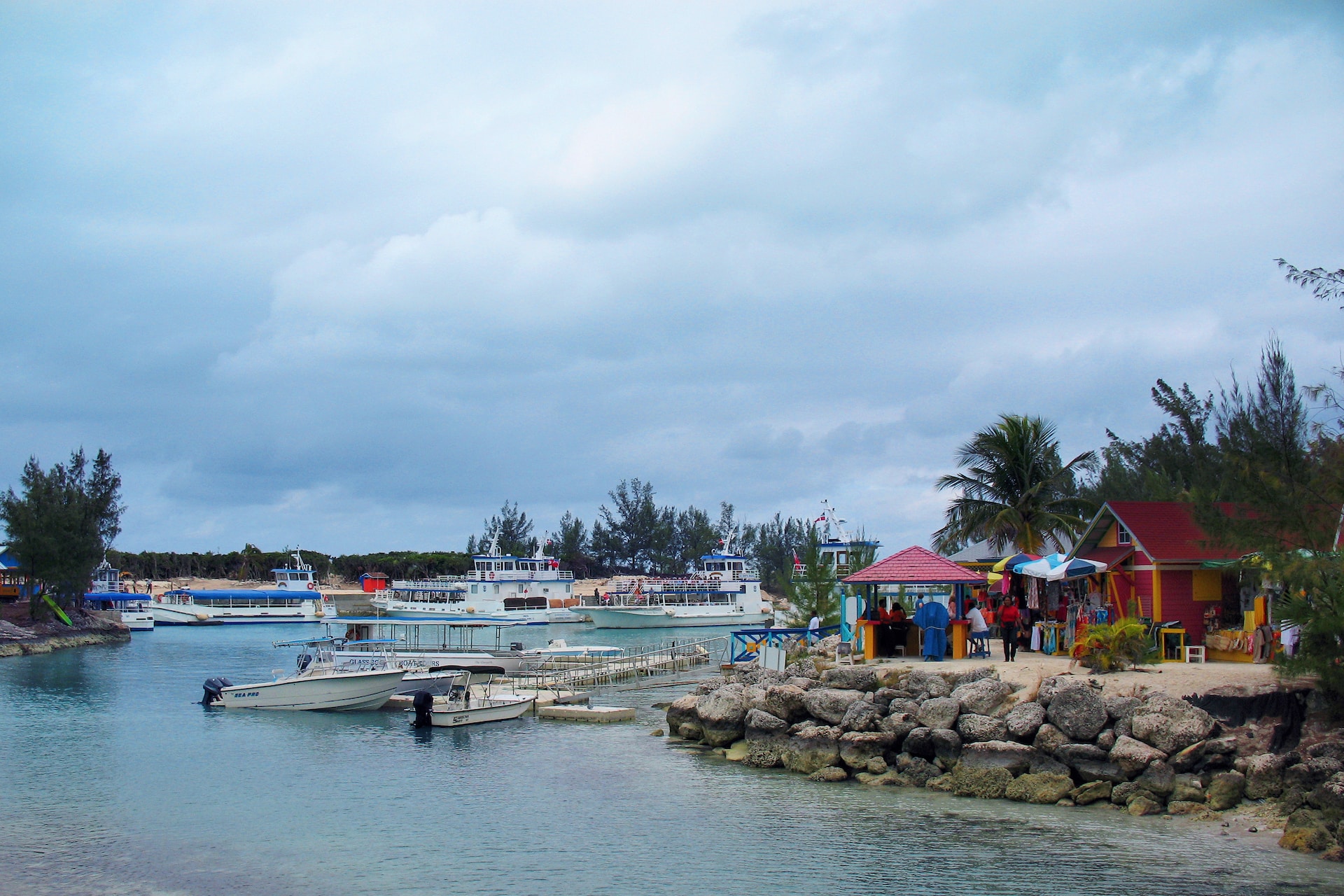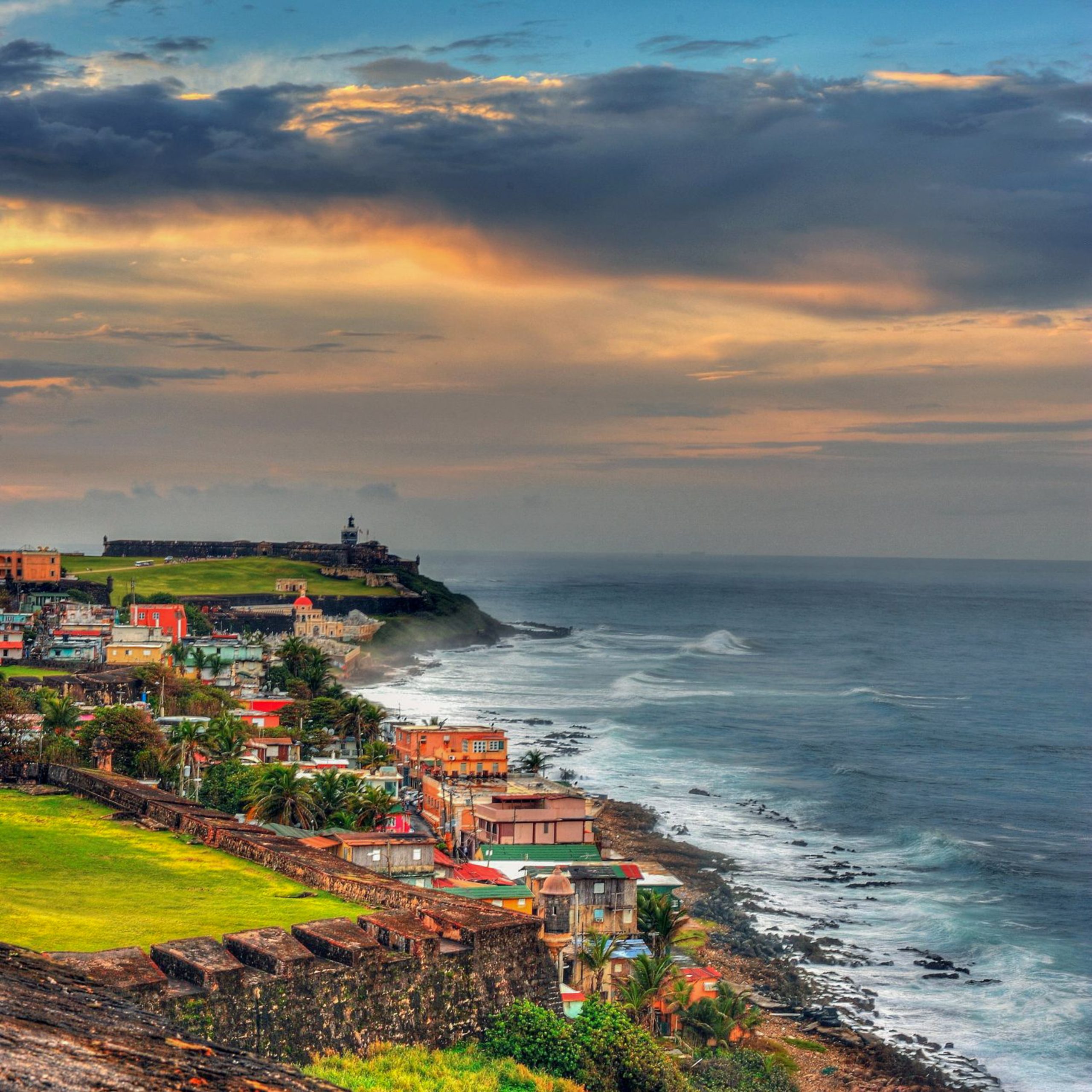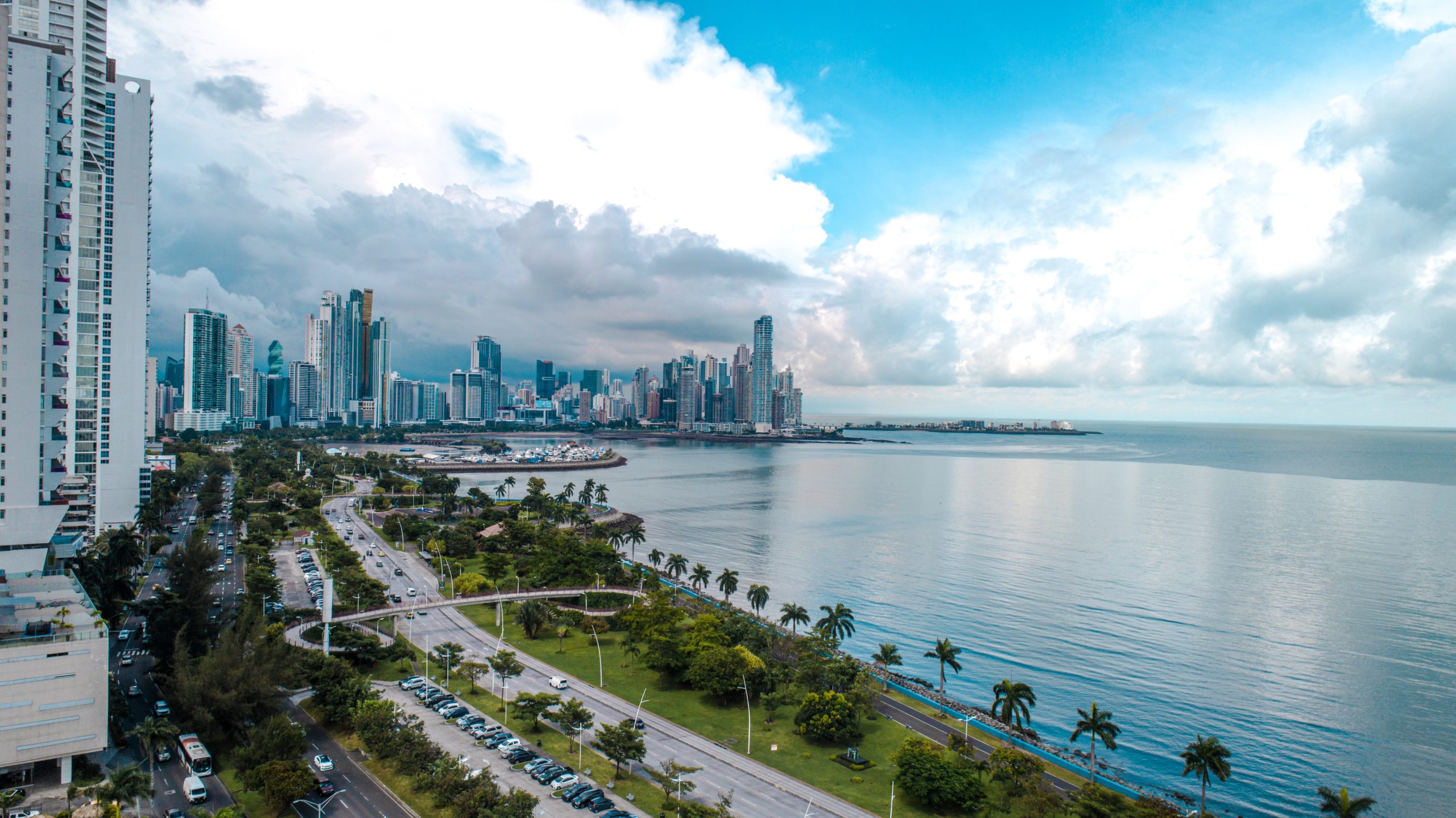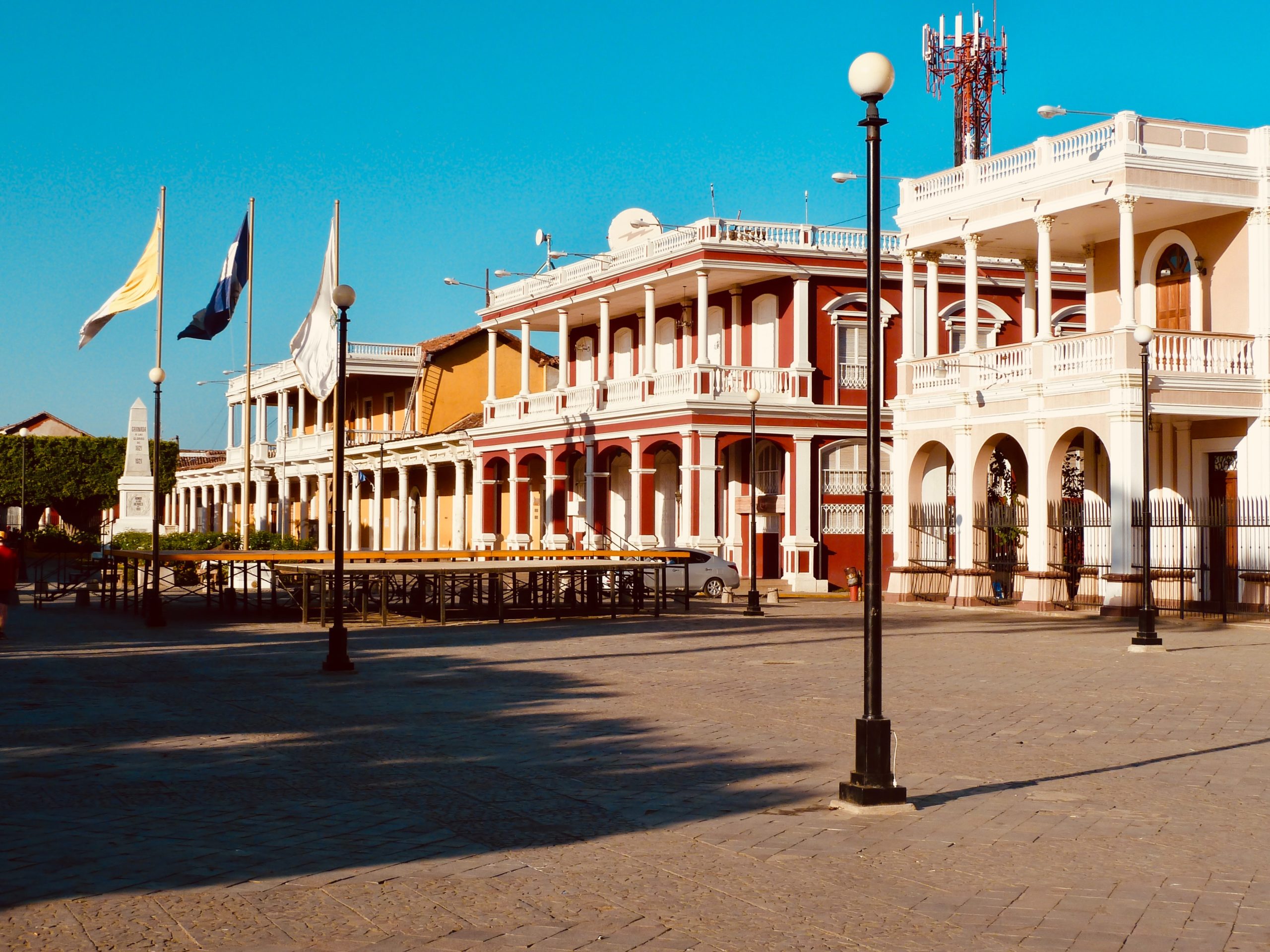Bhutan’s trade structure is heavily influenced by its close ties with India. Due to the duty-free and quota-free nature of this exceptionally liberal bilateral Free Trade Agreement (FTA), trade with India is not constrained by tariffs or rules of origin.
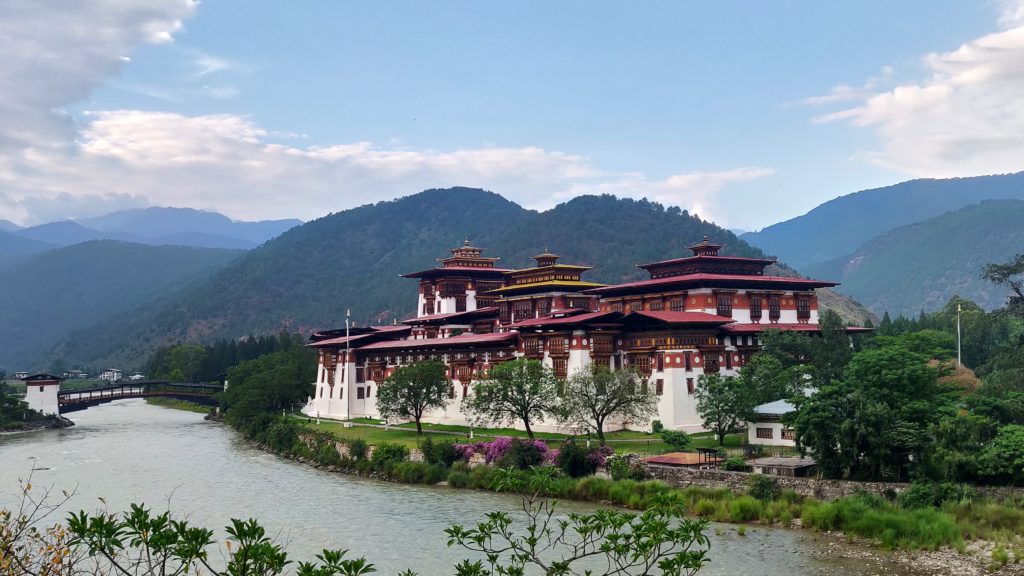
Bhutan – India Trade Relations
The Indian government has been involved in Bhutan’s planned development since the first five-year plan was announced in 1961, and it continues to be our principal development partner. Bhutan-India relations have always been centered on mutually beneficial economic connections. India is currently not only Bhutan’s primary development partner but also its most important commercial partner.
Since the signing of the Treaty between the Government of India (GoI) and the Royal Government of Bhutan (RGoB) in 1949, there has been unfettered trade and commerce between the Indian and Bhutanese regions.
However, the first formal Agreement on Trade and Commerce between India and the Republic of Bangladesh was signed in 1972, and it has been revised five times since then (1983, 1990, 1995, 2006, and 2016). The current Trade, Commerce, and Transit Agreement between the Royal Government of Bhutan and the Government of India is valid until 2026.
The goal of the Free Trade Agreement (FTA) is to improve the two nations’ long-standing connections and expand bilateral trade and economic cooperation for mutual benefit and growth.
The provision for free trade between the two countries, as well as transit rights for Bhutan’s trade with third countries, are the most essential aspects of the Free Trade Agreement. The free trade agreement, which permits the free flow of goods into each other’s territory without any import duties, is credited with the rapid rise of trade between the two countries. Bhutan is also able to trade with the rest of the globe because of the FTA’s transit rights. Bhutan has been able to build on these provisions by renewing the Agreement regularly and adding new entrance and departure points for Bhutan’s external commerce in India. Bhutan’s economic and political success over the previous decades has been reflected in the progressive revisions made to the scope of the Agreement. The FTA has been extremely beneficial to Bhutan’s trade diversification efforts, not only with India but also with other trading partners.
Bhutan – Bangladesh
On the 50th anniversary of Bhutan’s recognition of Bangladesh’s independence from Pakistan, the agreement was signed (Bhutan was the first country to do so). It’s also Bangladesh’s first PTA since the country’s independence. Bangladesh is scheduled to formally graduate from its UN-designated “least developed country” classification by 2024, limiting its duty-free access to many export destinations. To prepare for this possibility, the Bangladeshi government has taken a more active role in securing bilateral trade agreements that will keep its readymade garments (RMG) exports price competitive. Bhutan’s trade pact is a small but crucial step in the right path. Aside from providing easier access to Bangladesh for some of Bhutan’s goods, the deal represents further progress in bilateral relations, potentially allowing Bhutan access to Bangladesh’s seaports. Bhutan’s external commerce would benefit from this, and Bhutan’s reliance on India would be reduced.
Duty-free access would be granted to 16 Bhutanese products and 10 Bangladeshi products under the deal. The list of goods concentrates on things in which the two nations already have a strong trading relationship, such as food and stone products for Bhutan and RMG and food products for Bangladesh.
Nonetheless, because of the modest level of trade between the two nations (Bhutan accounts for a little more than 0.1 percent of Bangladesh’s overall exports, while Bangladesh absorbs roughly 6% of Bhutan’s exports), The Economist Intelligence Unit anticipates the trade deal to have a minor impact.
